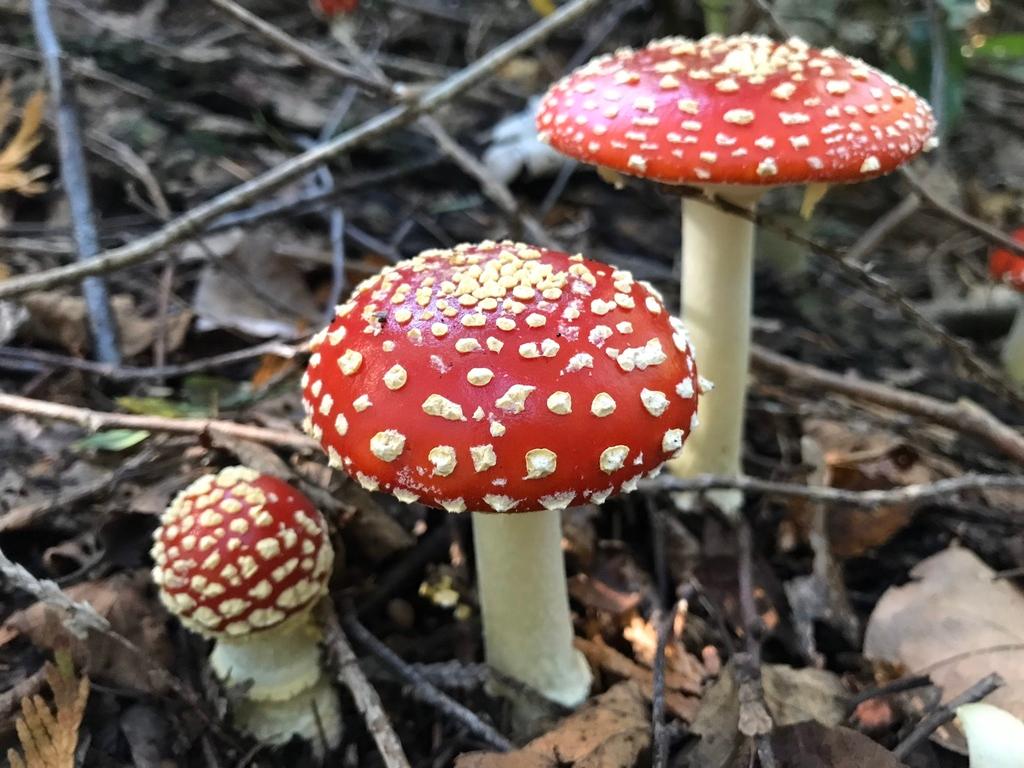Dec 1, 2021
Presidio’s Greatest Signs of Winter
Here are ways to experience the beauty of the Presidio in the winter months.Winter is here and all around the Presidio we’re seeing our natural landscape respond to the change in the weather. Fall rains are coaxing seeds to sprout to life. Creatures like birds and banana slugs are more active and visible. Here are six signs of the season and some great places – and ways – to experience the beauty of winter in the Presidio.
1. Find the Fungi in the Forest
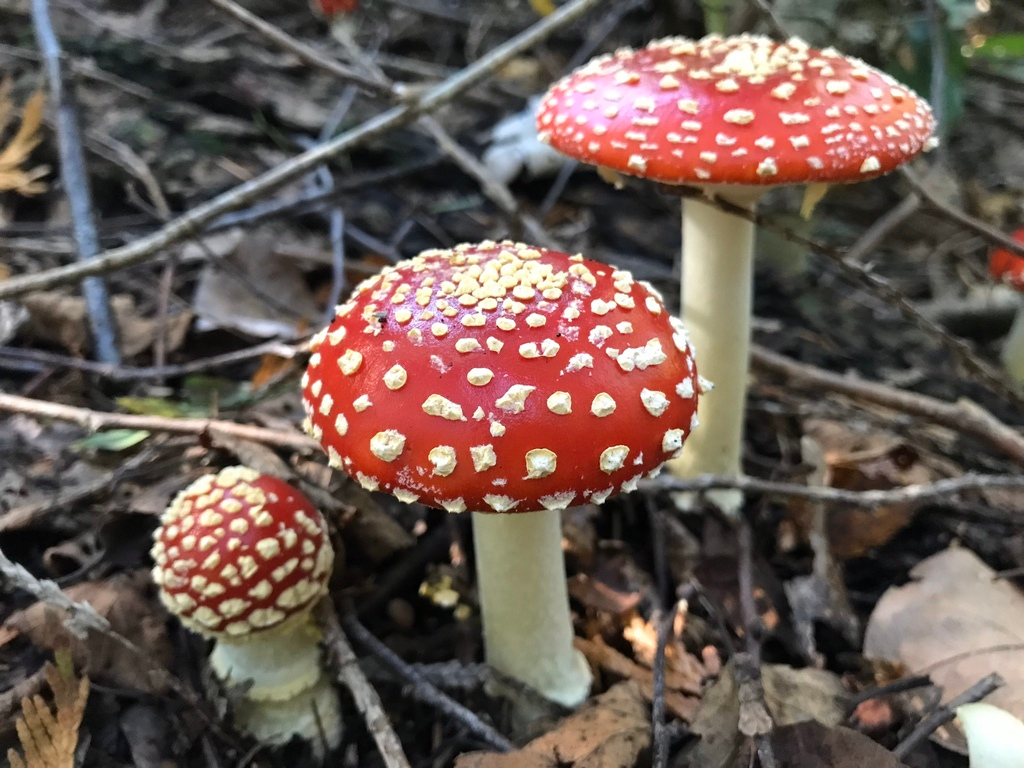
Mushrooms might be called “the wildflowers of winter.” When the rains begin, these sometimes colorful, moisture-loving organisms “bloom” like flowers. They’re actually the “fruit” of organisms called fungi and are critical to the health of the forest. As you walk along Presidio trails, try to spy some of the season’s fantastic ‘shrooms and share your findings via the free iNaturalist app, a great public resource developed by scientists at the California Academy of Sciences.
Learn more about iNaturalist and share your mushrooms and other forest finds >>
2. Count Christmas Berries at Crissy Field
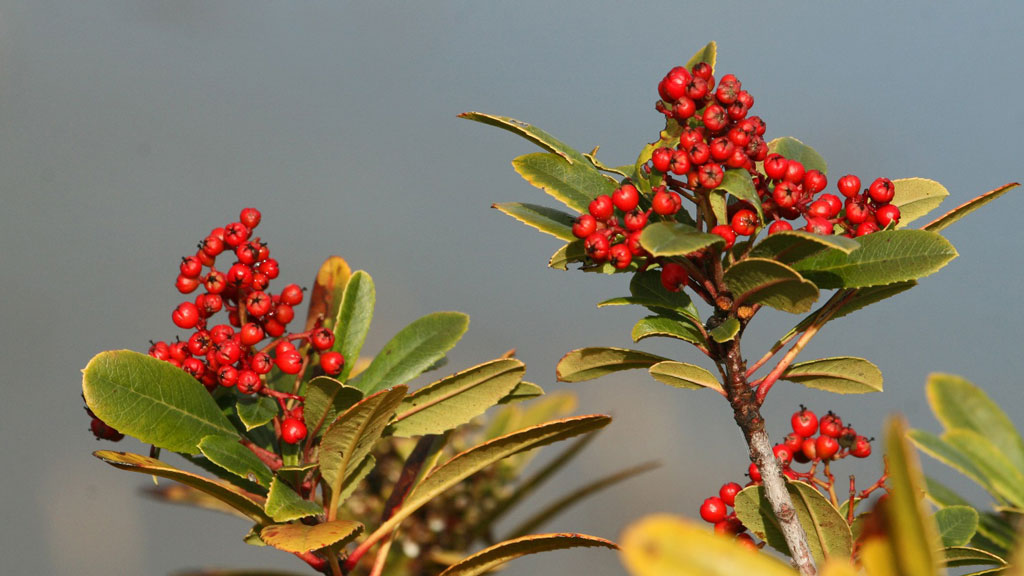
Christmas berries – also known as toyon (Heteromeles arbutifolia) – are native to California. They’re the fruit of coastal sage scrub, evolved to be highly drought resistant. Due to their appearance, they’re also called California holly. Their abundance in the Los Angeles hills gave rise to the name “Hollywood.” Here in the Bay Area, their fruits herald the arrival of cooler, wetter weather. These bright-red berries mature in the fall and maintain a significant presence well into winter, providing food for birds and adding vivid splashes of color to many Presidio places. They’ve been spotted at Golden Gate Promenade and beneath the eucalyptus trees at San Francisco National Cemetery.
Take to the Presidio trails to find Christmas berries >>
3. Slug it Out Along Lobos Creek
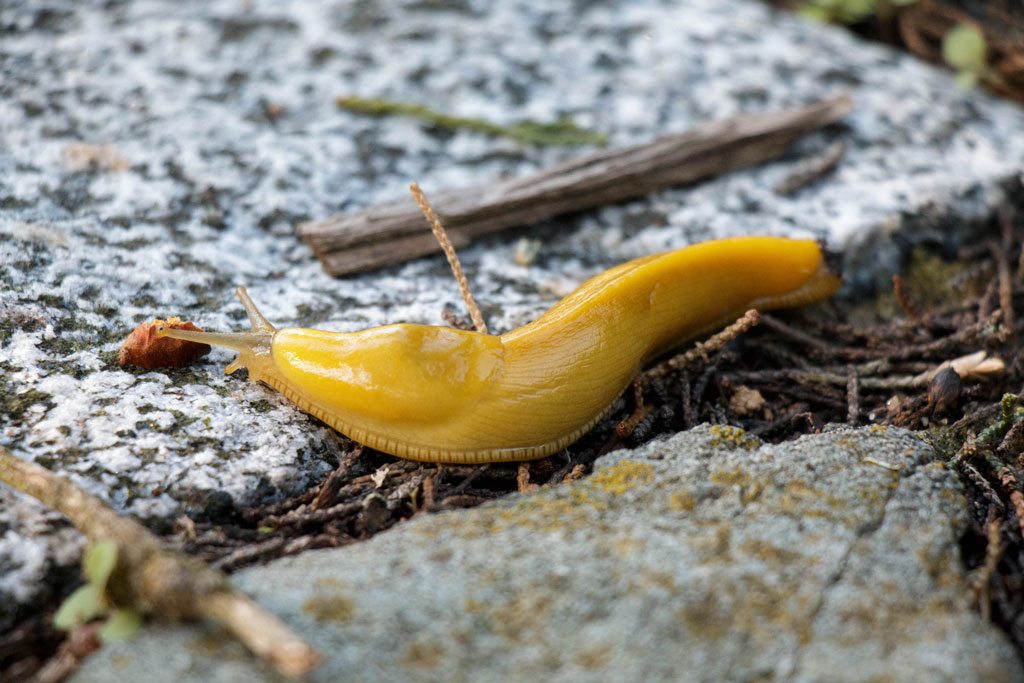
Banana slugs, a bright yellow shell-less gastropod mollusk (and UC Santa Cruz’s dearly beloved mascot) are found throughout the Presidio this time of year. In Latin, “gastropod” translates to “stomach-foot,” which doesn’t necessarily sound pretty – though these guys are pretty spectacular looking! At least two types of banana slugs are in the San Francisco area, the larger of which can grow to almost 10 inches in length. Banana slugs love moisture, which is why the chances of spotting them is the greatest during the winter season. Most recently, they’ve been sighted along Lobos Creek, but you can find them throughout the park, particularly after rains.
Visit the Lobos Creek Valley trail >>
4. Frolic Among Bright Green Ferns
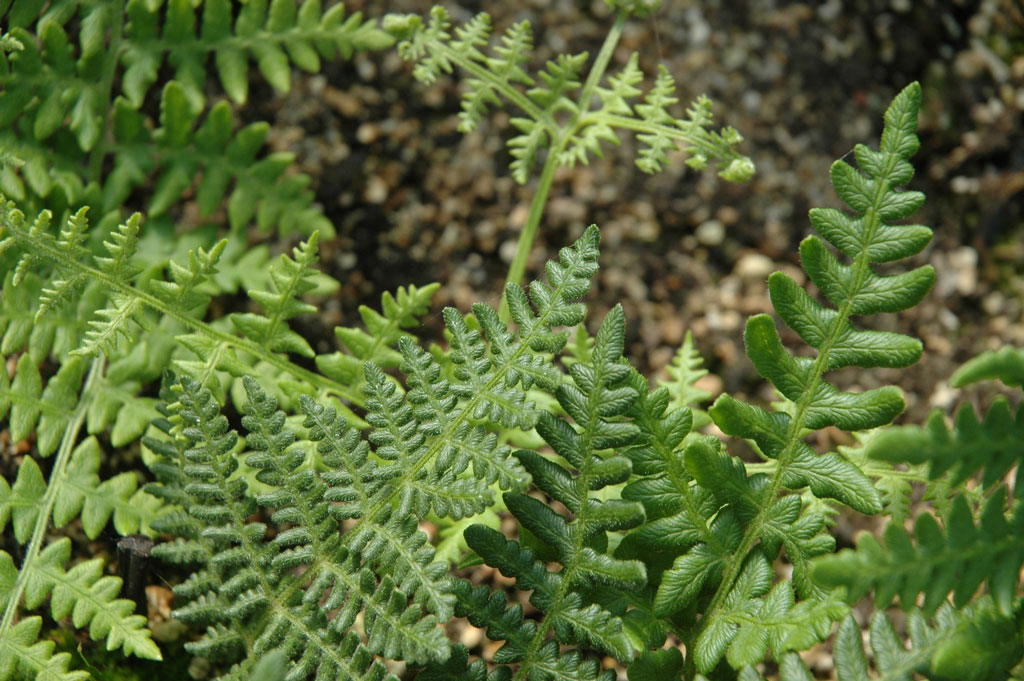
You may have noticed the Presidio is looking very green right now – in large part due to the abundance of ferns in the park. There are seven species of native ferns here, including sword ferns (Polystichum munitum), lady ferns (Athyrium filix-femina), and the above bracken fern (Pteridium) – all flourishing at this time of year. These lovely varieties have been spotted recently (via iNaturalist) along the Coastal Bluffs.
Visit the Batteries to Bluffs trail >>
5. Wonder at Winter Waters
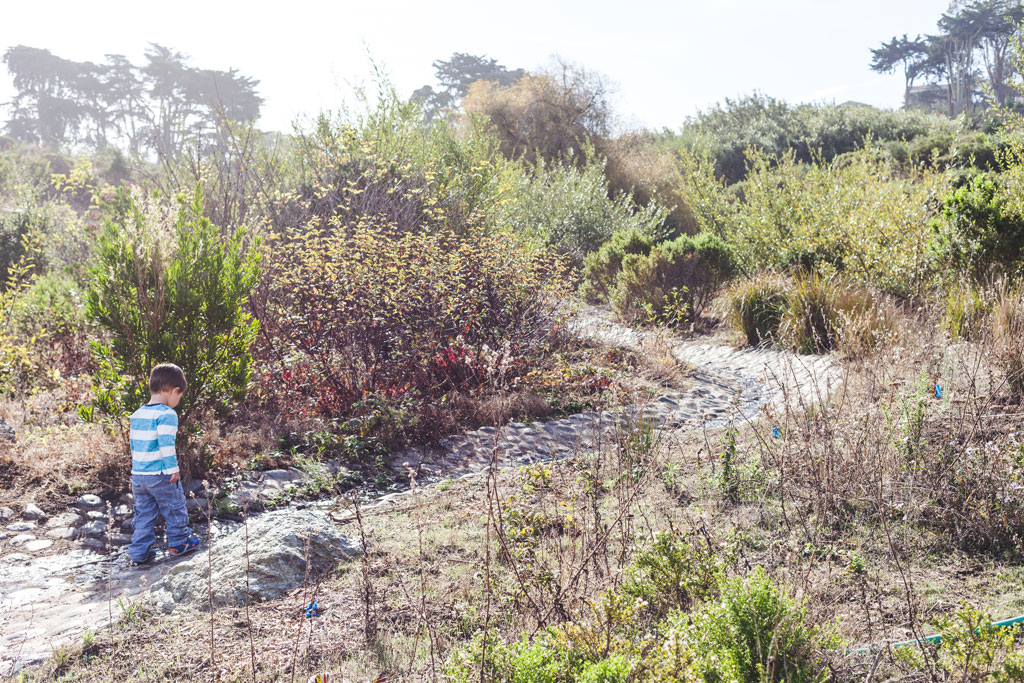
Tennessee Hollow Watershed encompasses 20 percent of the park. The water from El Polin Spring, Tennessee Hollow’s central tributary, flows all year, but during the winter months, water can often be seen flowing through the east and west tributaries as well.
All three streams connect at MacArthur Meadow before draining into Quartermaster Reach Marsh and Crissy Marsh. During the Army era, many streams were pushed underground, but over the last few years, there’s been a dedicated effort to daylight creeks, restoring natural habitats in the watershed.
You can discover the waterways of the Tennessee Hollow Watershed on your own – take a two-hour loop to see restored habitats and the life-enabling magic of our waterways at work.
Download a Tennessee Hollow Watershed Self-guided Walking Tour (pdf) >>
6. Meander the Migratory Superhighway at Mountain Lake
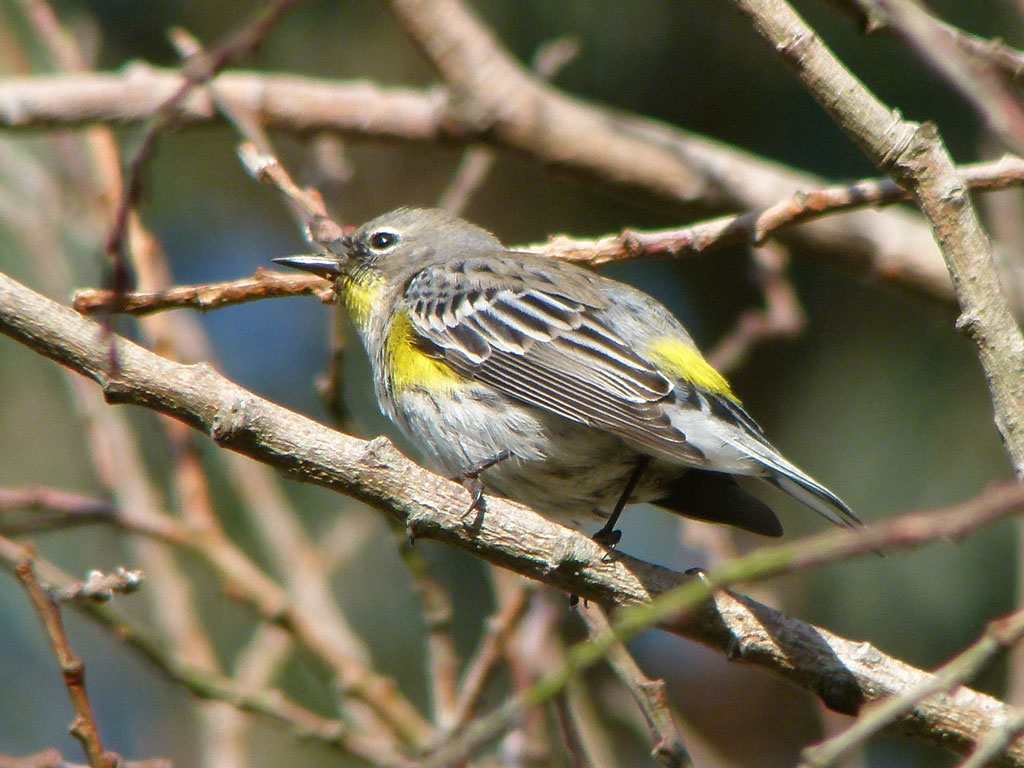
The Presidio lies along the Pacific Flyway, an international migratory route that connects from South America to Alaska. During the winter months, 65 bird species visit Mountain Lake, stopping to rest, eat, and perhaps even nest. The lake’s habitat – improved greatly after recent restoration efforts – provides food and shelter for a wide array of species, including the yellow-rump warbler (Setophaga coronate), pictured here. Take a walk around the lake, do your own bird watching, and enjoy eight new trailside story signs celebrating the lake’s ecology and history.
